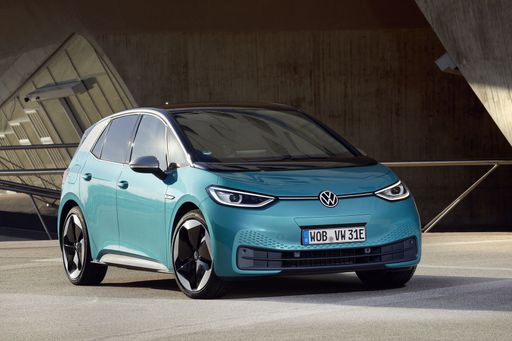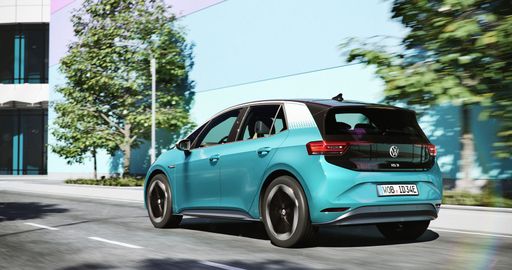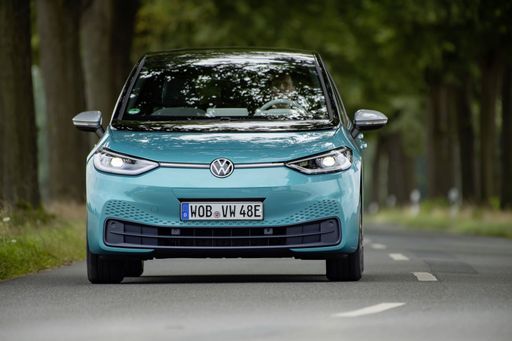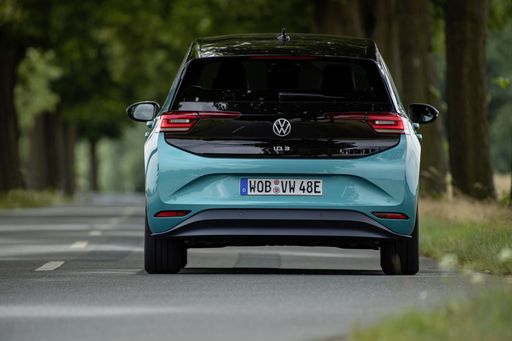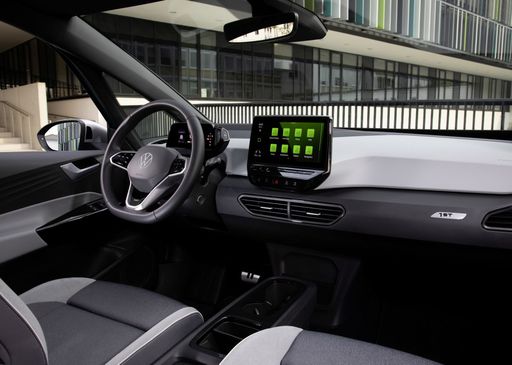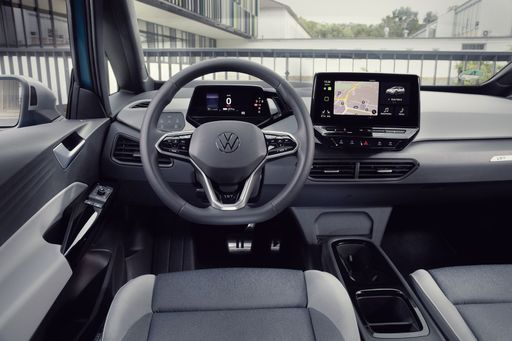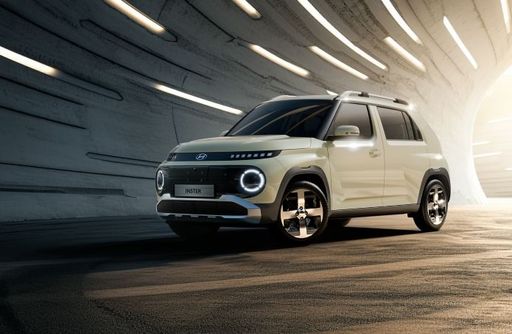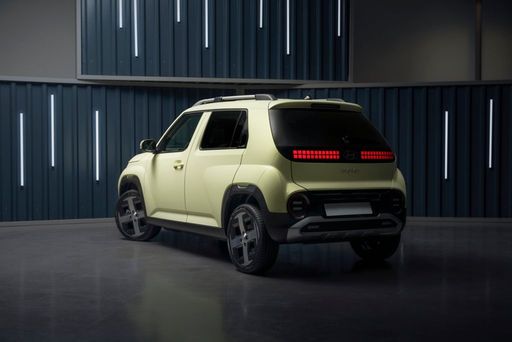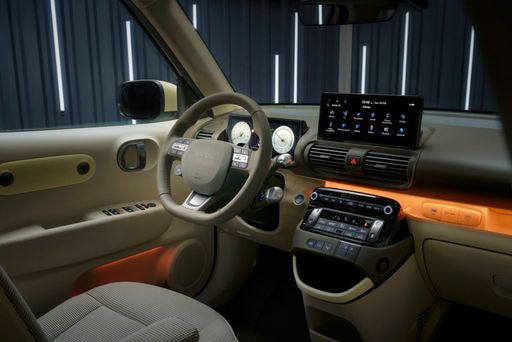Electric Revolution: VW ID.3 vs. Hyundai Inster
The electric car market is expanding rapidly, with innovative models entering the fray each year. Among the standout contenders are the VW ID.3 and the Hyundai Inster, both offering unique selling points in terms of performance, design, and technology. Let's take a closer look at how these two electric vehicles compare.

